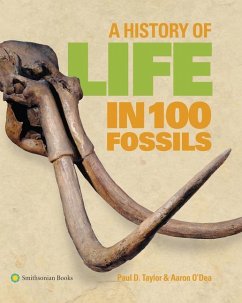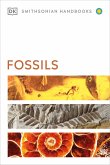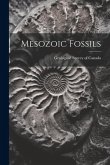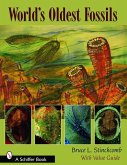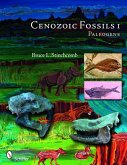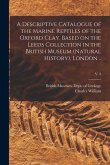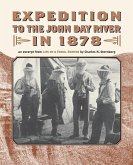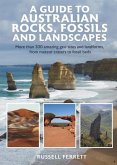A History of Life in 100 Fossils showcases 100 key fossils that together illustrate the evolution of life on earth. Iconic specimens have been selected from the renowned collections of the two premier natural history museums in the world, the Smithsonian Institution, Washington, and the Natural History Museum, London. The fossils have been chosen not only for their importance in the history of life, but also because of the visual story they tell. This stunning book is perfect for all readers because its clear explanations and beautiful photographs illuminate the significance of these amazing pieces, including 500 million-year-old Burgess Shale fossils that provide a window into early animal life in the sea, insects encapsulated by amber, the first fossil bird Archaeopteryx, and the remains of our own ancestors.
Bitte wählen Sie Ihr Anliegen aus.
Rechnungen
Retourenschein anfordern
Bestellstatus
Storno

